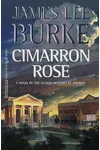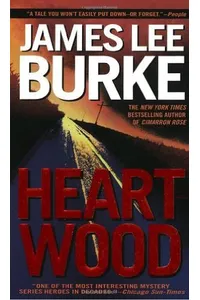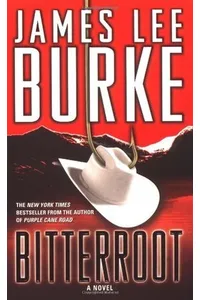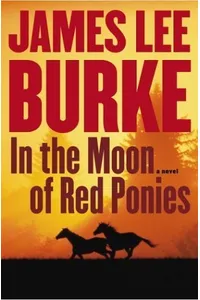Dust off your boots and step into the rugged, soul-stirring world of Billy Bob Holland, where justice walks a tightrope and the Texas sun casts long shadows. James Lee Burke’s Billy Bob Holland series is a gripping blend of mystery, legal drama, and Southern grit, following a former Texas Ranger turned small-town lawyer as he wrestles with his past and fights for truth in a morally murky landscape.
With only four novels, this series packs a punch, weaving lyrical prose with heart-pounding suspense. If you’re craving a mystery that’s as much about the human heart as it is about solving crimes, Billy Bob’s journey through west Texas and Montana is your next must-read.
How Billy Bob Holland Began
James Lee Burke, a literary titan known for his Dave Robicheaux series, introduced Billy Bob Holland in 1997 with Cimarron Rose. A native of Houston, Burke drew inspiration from his Texas-Louisiana roots, crafting a character who embodied the rugged individualism of the American West. Billy Bob, a cousin to Burke’s other hero, Hackberry Holland, emerged as a flawed yet principled attorney haunted by his days as a Texas Ranger, particularly the accidental death of his partner.
Burke’s move to Montana in the 1980s also shaped the series, infusing later books with the wild, pristine beauty of the Bitterroot Valley. His goal? To explore justice, redemption, and the ghosts of one’s past through a lens both poetic and unflinchingly real.
The Heart of Billy Bob Holland
The series kicks off with Cimarron Rose (1997), where Billy Bob defends his estranged son, accused of rape and murder in Deaf Smith, Texas. This Edgar Award-winning novel sets the tone with its blend of courtroom drama and personal stakes. In Heartwood (1999), Billy Bob clashes with local kingpin Earl Deitrich while grappling with his lingering feelings for Deitrich’s wife, Peggy Jean, exposing themes of power and betrayal.
Bitterroot (2001) takes Billy Bob to Montana, where a fishing trip turns deadly as he uncovers corruption tied to a mining corporation and a brutal assault. The series wraps with In the Moon of Red Ponies (2004), pitting Billy Bob against a web of crime involving a Native American activist. Burke’s lyrical style shines, painting vivid settings—dusty Texas hills, Montana’s emerald valleys—while exploring guilt, family legacy, and the cost of violence.
Billy Bob’s stories stand out for their moral complexity. He’s no saint; his anger and capacity for violence haunt him, yet his pursuit of justice drives him forward. Aided by private investigator Temple Carol, his neighbor and confidante, Billy Bob navigates cases that blur right and wrong, making each book a meditation on redemption.
Why Billy Bob Holland Resonates
Though smaller than Burke’s Robicheaux series, Billy Bob Holland has carved a niche among mystery fans for its raw emotional depth and evocative settings. The series’ blend of legal thriller and Western noir appeals to readers who love nuanced characters over simple whodunits. Burke’s ability to weave social issues—corruption, environmentalism, Native American rights—into personal narratives gives the series timeless relevance.
Fans on platforms like Goodreads praise Billy Bob’s flawed heroism and Burke’s poetic prose, often calling the series a hidden gem. Its impact lies in its intimacy; with just four books, it feels like a personal journey, leaving readers hungry for more of Burke’s masterful storytelling.
- Publication Years: 1997–2004
- Number of Books: 4
- Awards: Edgar Award for Cimarron Rose (1998)
- Settings: West Texas, Montana
Grab Cimarron Rose and dive into Billy Bob Holland’s world of mystery and redemption. Trust us, you’ll be hooked on Burke’s Texas-sized tales!



